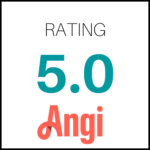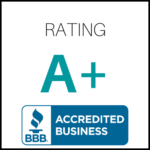Roofing On a New Level in Kansas City
What is the best roofing for you?

Most typical roofing in the KC Metro area consists of a composite, shingles, tiles, wood, asphalt & asphalt fiberglass, Rubber, Corrugated, Metal, Flat, and Slate. For more information on those please check out this website http://www.hhroofing.com/types-of-roofing.html . It is very informative on each of these.
Some newer ideas for roofing are picking up traffic. The two that are common are Solar and Green styles of roofing.
Solar:
Solar roofing is an energy efficient way to cut cost for electricity. With the use of the sun to power your home, its sounds magical right? I wish it was that easy.
“A 5 kW system would cost around $20,000. Many utility companies offer incentives, and some subsidize as much as 50% of system costs. Additionally, the Federal Government provides a 30% tax credit to help offset the cost of a solar installation. The upfront cost of solar prevents some from deciding to employ this technology. The payback period can vary from a couple of years to ten years depending on several factors. However, many are finding that the cost paid compared to the amount of energy generated from solar gives many a cost per kWh that is already equal or better than what they are presently paying.
For a list of things to consider before you think about going solar follow this link. http://completesolar.com/10-things-to-consider
Every day they are finding new ways to power up and improve the solar technology that has been developed.
Green Roofing:
Green roofing is a form of plant/vegetation that grows on the roof to protect the home.
“Although the installation of a green roof usually involves higher upfront costs than a traditional roof, there are many economic benefits that can make up for this. Increased R–value (a measure of the resistance of a material to heat flow) of the roofing system, along with reduced temperatures on the roof lessen HVAC loads, resulting in energy cost savings. A green roof may improve property values and marketability, especially in urban areas with little green space.”
What are the benefits of green roofs?
“Green roofs provide many environmental and social benefits, especially in urban areas where impermeable surfaces and unsightly rooftops dominate.
Captures and manages stormwater. Green roofs can capture a high percentage of rainwater from storm events. This prevents the water from running off the roof, where it picks up pollutants before draining into storm pipes and eventually into our natural water bodies. By capturing stormwater onsite, green roofs also reduce the tax dollars needed to fund storm drain management systems.
Reduces the “heat island effect.” Conventional rooftops and other impermeable surfaces absorb tremendous amounts of heat, raising ambient air temperatures in urban areas. On green roofs, plants cool air through natural processes and shield buildings from high heat levels produced by direct sunlight. According to the Environmental Protection Agency (EPA), the surface of a green roof on a hot summer day can be as much as 90° F cooler than the surface of a traditional rooftop.
Prevents and reduces air pollution. By decreasing the heat island effect, green roofs reduce the smog and ozone that forms as air pollution mixes with high temperatures. Plants also sequester carbon dioxide and filter other air pollution particulates.
Extends the life of rooftops. Shielded from the effects of ultraviolet light and high heat by the plant layer, green roofs last significantly longer than conventional roofs. Thus despite initially higher installation costs, the life cycle costs of a green roof can be considerably lower.
Provides heating and cooling effects for the building. The air trapped in the various layers of the green roof act as insulation that keeps buildings warmer in winter and cooler in summer. According to the Massachusetts Low Impact Development Center, a green roof can reduce winter heat loss by 25% or more. Plants also shade the rooftop from the heat of summer sunlight.
Presents an attractive, beneficial alternative to a traditional rooftop. Whether viewed from the ground or enjoyed as a public-accessible mini-park, green roofs offer an aesthetically-pleasing landscape that offers humans a myriad of mental, physical, and social benefits.
Attracts wildlife. Insect pollinators are attracted to many extensive green roof plants, which in turn provide sustenance for birds, bats, and other insectivores. Intensive green roofs can offer habitat and food for a larger range of wildlife.
Reduces noise pollution. Plants and growing media provide an insulating effect both inside and outside the building.”
… Would you choose either of these new styles of roofing vs what you already have?
Keep in mind that Advantage Gutter Guard® is versatile to meet your roofing needs to help keep water where it belongs!





